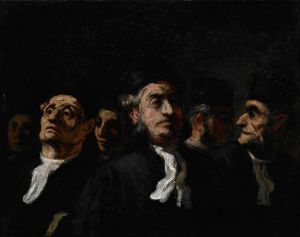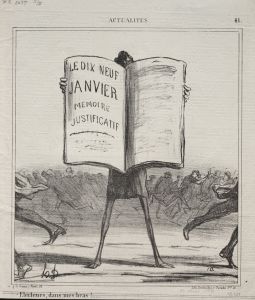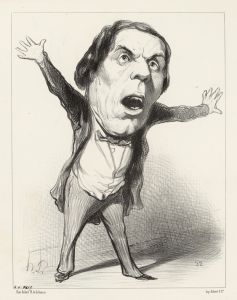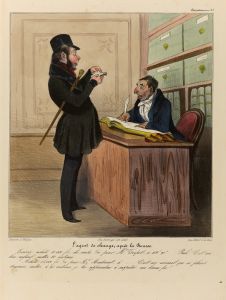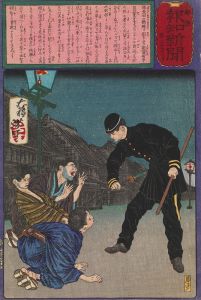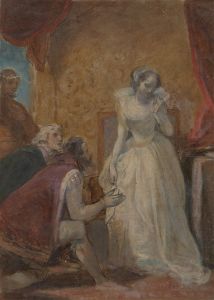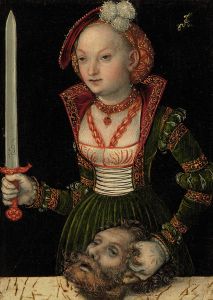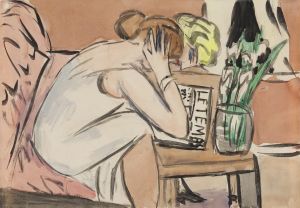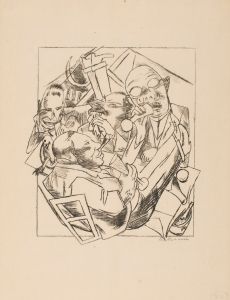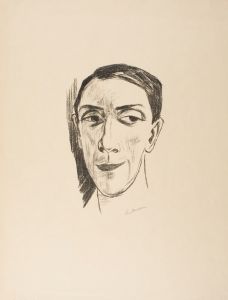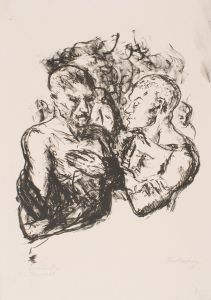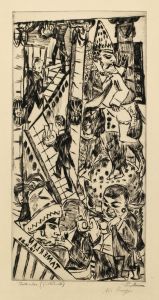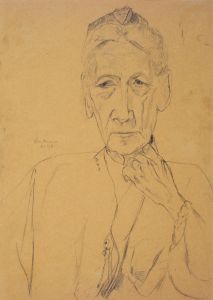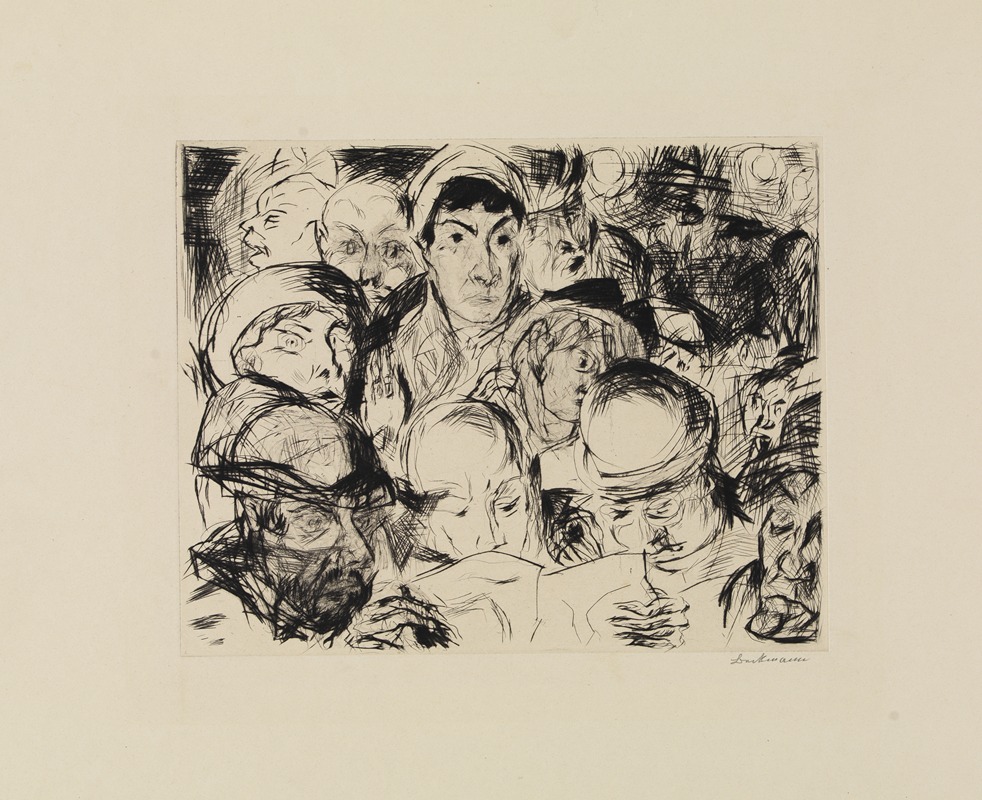
Die Kriegserklärung
A hand-painted replica of Max Beckmann’s masterpiece Die Kriegserklärung, meticulously crafted by professional artists to capture the true essence of the original. Each piece is created with museum-quality canvas and rare mineral pigments, carefully painted by experienced artists with delicate brushstrokes and rich, layered colors to perfectly recreate the texture of the original artwork. Unlike machine-printed reproductions, this hand-painted version brings the painting to life, infused with the artist’s emotions and skill in every stroke. Whether for personal collection or home decoration, it instantly elevates the artistic atmosphere of any space.
Max Beckmann's painting "Die Kriegserklärung" (The Declaration of War) is a significant work in the context of early 20th-century European art. Beckmann, a German painter, created this piece in response to the outbreak of World War I, reflecting the intense emotions and societal upheaval of the time.
Max Beckmann was born on February 12, 1884, in Leipzig, Germany, and became one of the leading figures of the Expressionist movement. His work often delved into themes of human suffering, existential dread, and the complexities of modern life. "Die Kriegserklärung" is a powerful example of his ability to capture the psychological impact of historical events.
The painting was completed in 1914, the same year World War I began. This period marked a significant shift in Beckmann's artistic style, moving from a more traditional approach to one that embraced the raw, emotional intensity characteristic of Expressionism. "Die Kriegserklärung" is notable for its stark, dramatic composition and the use of bold, contrasting colors to convey the chaos and horror of war.
In "Die Kriegserklärung," Beckmann employs a dynamic and somewhat fragmented composition, which mirrors the disarray and confusion that accompanies the declaration of war. The figures in the painting are depicted with exaggerated, almost grotesque features, emphasizing the dehumanizing effects of conflict. The use of sharp lines and distorted forms serves to heighten the sense of tension and urgency.
The painting does not depict a specific scene or event but rather captures the overall atmosphere of dread and anticipation that pervaded Europe at the time. Beckmann's work is often interpreted as a critique of the senseless violence and destruction brought about by war. His personal experiences as a medical orderly during the war further influenced his perspective, adding a layer of authenticity and emotional depth to his work.
"Die Kriegserklärung" is part of a larger body of work by Beckmann that addresses the themes of war and its aftermath. His experiences during World War I had a profound impact on his art, leading to a darker, more introspective approach in his subsequent works. Beckmann's paintings from this period are characterized by their intense emotional content and their exploration of the human condition in times of crisis.
Max Beckmann's contributions to art extend beyond his wartime works. He continued to produce significant pieces throughout his career, exploring various themes and styles. However, "Die Kriegserklärung" remains one of his most poignant and powerful works, encapsulating the turmoil and tragedy of World War I.
Today, Beckmann's work is celebrated for its emotional depth and its ability to convey complex human experiences. "Die Kriegserklärung" stands as a testament to the artist's skill in capturing the essence of a historical moment and its impact on the human psyche. The painting is a valuable piece of art history, offering insight into the cultural and emotional landscape of early 20th-century Europe.





